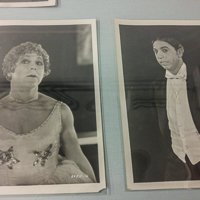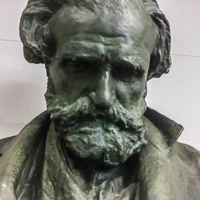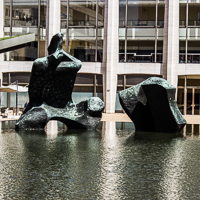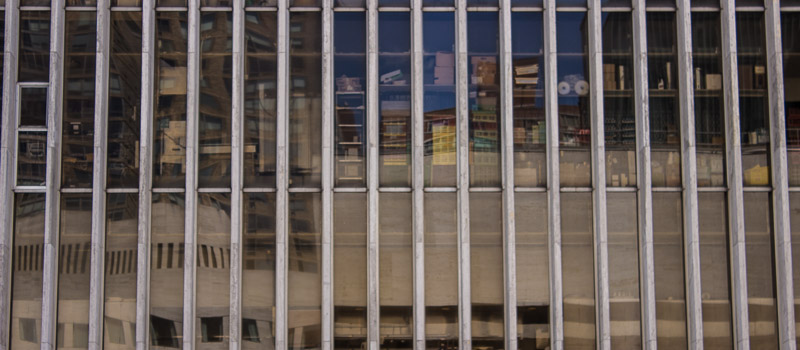
About the Museum
The branch of the New York Public Library system dedicated to the Performing Arts is a key contributor to the highbrow cultural epicenter that is Lincoln Center. The circulating collection is one of the premier repositories of books and recorded material about theater, music, and dance. Registered card-holders have access to archival recordings of major theater productions and dance performances. On a given day, the stacks are full of students and arts professionals reviewing the work of past maestros. But the library is also a museum, housing two large galleries as well as smaller exhibit spaces scattered throughout the five-story building.

What You Will See
Since exhibitions focus on performing arts, which are naturally transient, the objects on display in both the rotating galleries and the small permanent collection tend to be supporting artifacts: costumes, set design, programs, directory notes, and photographs. These relics can never replicate the experience of witnessing the performance, nor do they strive to. Instead, the exhibits tell the stories behind great performers. They give cultural context and history. They delve into inspirations for the work and review lasting influences afterward. Even on film, it is impossible to capture the momentary magic of performance art. But iconic performances echo long after the curtain closes. This echo is captured, tagged, labeled and curated at the library.

Why You Should Go
While the Library is highly specialized in its subject matter, the exhibits have appeal for a general audience. Initially, visitors may have little interest in the minutia of a revolutionary set design for an opera performed a century ago, but exhibits at the library will quickly change that. Dance, theater, and music are meant to be experienced live and no museum can capture that. Instead, an open-minded visit to the exhibits will deepen your appreciation for the effort behind the scenes. It will place a seemingly ephemeral performance in firm genealogical foundations. It will teach you to see details and nuances. It will make you a better member of the audience.









